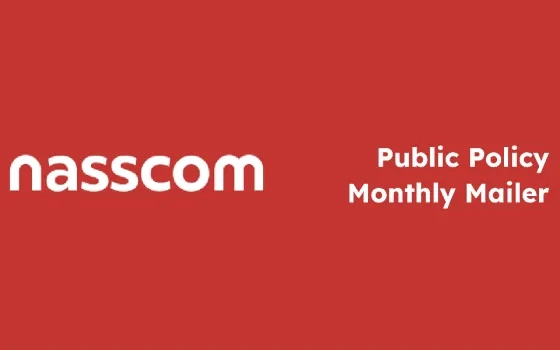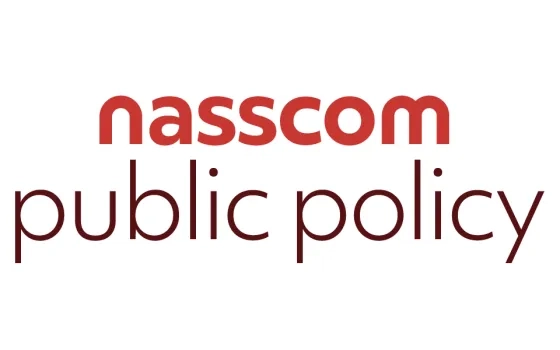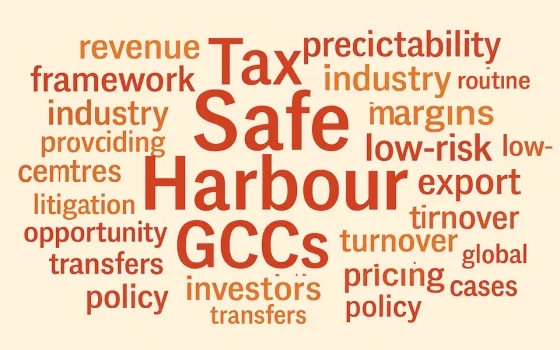General Financial Rules (GFRs) are a compilation of rules and orders of Government of India to be followed by all while dealing with matters involving public finances. These rules and orders are treated as executive instructions to be observed by all Departments and Organisations under the Government and specified Bodies except otherwise provided for in these Rules. In a move to streamline and modernise the procurement process, amendments have been made to General Financial Rules, 2017 (GFR 2017) via Office Memorandum dated 10.07.2024 regarding enhancement of financial limit of procurement. Here’s a breakdown of the key amendments and what they mean for the procurement process.
1. Increased Financial Thresholds for Repair Works under Rule 133(1) and 133(2) of GFR 2017:
- Increase in threshold for execution of repair works - Ministries or Departments can now execute repair works directly up to Rs. 60 Lakhs (instead of Rs 30 lakhs).
- Increase in threshold for execution of repair work by Public Works Organisations (PWO): Ministries or Departments are now allowed to assign repairs works to PWO up to INR 60 lakhs (instead of earlier limit of Rs. 30 lakhs).
Contractors may see a reduction in the number of smaller repair contracts available through competitive bidding processes, as more projects can be executed directly by government entities. This may prompt contractors to focus on larger projects or diversify their offerings to remain competitive.
2. Alternative Awarding of Repair Works under Rule 133(3) of GFR 2017:
- The limit of awarding works by Ministries or Departments to Public Sector Undertakings (PSUs) or other government organisations notified by the Ministry of Housing and Urban Affairs (MoHUA) has been increased to Rs 60 lakhs (instead of earlier limit of INR 30 lakhs)
This will provide ministries and departments with additional autonomy with respect to alternate awarding of repair works. PSUs and other government organisations could see an increase in the number and value of projects awarded to them directly, enhancing their role in public procurement.
3. Procedure for execution of works under Open and Limited Tender under Rule 139 (iv) and (v) of GFR 2017:
- Open Tenders: Open tenders will be called for works costing Rs 10 Lakhs to 60 Lakhs from the earlier limit of Rs. 5 lakhs to Rs. 30 lakhs
- Limited Tenders: Limited tenders will now be called for works costing less than Rs 10 lakhs instead of the earlier limit of Rs 5 Lakh
The thresholds for both open and limited tenders have been increased, allowing contractors aiming for higher-value projects an expanded range of opportunities within the open tender process, up to Rs. 60 lakhs, encouraging broader participation in this segment. Since projects as low as Rs. 5 lakhs now fall under limited tenders, which could affect their bidding strategies of contractors.
4. Government e-Marketplace (GeM) Enhancements under Rule 149:
- Direct purchases limits Increased to Rs. 50,000 (Rs. 25,000) through GeM
- Higher Value Purchases: Procedures now cover up to Rs. 10 Lakh (Rs 5 Lakh earlier) for the middle tier, and above Rs. 10 Lakh (Rs 5 Lakh earlier) for the highest tier.
- Procurement limits for online bidding and online reverse auction tools available on GeM that are used by the Buyer increased to up to Rs.10 Lakh (Rs 5 Lakh earlier)
Increasing the direct purchase limits through GeM to Rs. 50,000 allows government entities to procure low-value items more conveniently and efficiently and increasing the procurement limits for online bidding and reverse auction tools to Rs. 10 lakhs promote the use of these digital tools for higher-value procurements. This encourages competitive pricing, transparency, and efficiency in the procurement process. Suppliers and contractors may experience increased opportunities for direct purchases and online procurement activities. They may need to adapt to the higher procurement limits and ensure their offerings are competitive within the expanded thresholds.
5. Purchase of Goods Without Quotation under Rule 154:
- Purchases up to Rs. 50,000 (Rs 25,000 earlier) could now be made without inviting quotations
The amendment is likely to encourage local and small suppliers to engage more with government procurement activities, as the streamlined process for smaller purchases makes it easier for them to participate and provide goods and services.
6. Purchase by Local Purchase Committee under Rule 155:
- In case of certain item not available on GeM portal the amended rules now allow purchases above Rs. 50,000 to Rs. 5,00,000 on recommendations of a Local Purchase Committee and increase from the previous band of Rs. 25,000 and up to Rs. 2,50,000.
Suppliers who offer specialized or niche products not listed on GeM may benefit from increased opportunities for higher-value contracts while ensuring that appropriate oversight mechanisms are in place to maintain transparency and accountability. This can encourage a broader range of suppliers to engage with government procurement processes.
7. Advertised Tender Enquiry under Rule 161(i):
- GFR states that invitation to tenders by advertisement should be used for procurement of goods. The minimum size of tender for advertised tender enquiry has now been revised to Rs. 50 Lakhs and above (Rs. 25 Lakhs and above earlier)
The amendment may benefit small and medium-sized enterprises (SMEs) and local suppliers, as lower-value procurements are less likely to require extensive competitive bidding processes, making it easier for them to participate. However, it is essential to ensure that transparency and competition are maintained for lower-value procurements through appropriate oversight and procedural safeguards.
8. Limited Tender Enquiry (LTE) under Rule 162(i) & (ii):
- Limited tender enquiry method of procurement now applicable for goods up to Rs. 50 Lakhs instead of the earlier limit of upto Rs. 25 Lakhs
The rule now allows for a broader range of goods to be procured using this method. This could streamline procurement processes for higher-value items that previously required a more extensive tendering process.
9. Transparency and Fairness in Procurement under Rule 173(xxii):
- Earlier the rule prohibited members of a Purchase Committee from reporting directly to another member if the procurement exceeds Rs. 25 Lakhs. This rule now applies to procurements exceeding Rs. 50 Lakhs.
For procurements below Rs. 50 Lakhs, the rule is relaxed, which may simplify internal communication and decision-making processes within the Purchase Committee. This can lead to faster processing for smaller purchases and enhancing transparency, fairness and integrity of higher-value procurements.
10. Identification of Likely Sources for Consulting Services under Rule 183:
- The earlier rule required identification of likely sources for consulting services by preparing a list of potential consultants for services estimated up to Rs. 25 Lakhs and mandated Expression of Interest (EOI) publication for services above this value. The limit has been increased to Rs. 50 Lakhs, with EOI requirements adjusted accordingly.
With the increase in the threshold to Rs. 50 Lakhs, identifying potential consultants for services up to Rs. 50 Lakhs will no longer require a formal Expression of Interest (EOI) publication. This can simplify the process for smaller consulting services and reduce the administrative burden and time delays.
11. Invitation of Bids for Non-Consulting Services under Rule 201 (i) & (ii):
The Ministry or Department would scrutinize a preliminary list of likely contractors, decide on eligible and capable ones, and issue a limited tender enquiry
- For non-consulting services with an estimated value now up to Rupees 50 Lakhs (Rs 10 Lakh earlier), the Ministry or Department would scrutinize a preliminary list of likely contractors, decide on eligible and capable ones, and issue a limited tender enquiry.
- For services above Rupees 50 Lakhs (Rs 10 Lakh earlier), advertisements should now be placed on the Central Public Procurement Portal (CPPP) and GeM.
This simplifies the procurement process for smaller contracts by allowing Ministries or Departments to issue limited tenders based on a preliminary list of likely contractors, rather than requiring a more formal process. Overall, these changes aim to balance efficiency for smaller procurements with increased transparency and competition for larger contracts.
12. Disposal of Goods under Rule 218:
- Surplus, obsolete, or unserviceable goods with an assessed residual value above Rupees 2 lakhs should be disposed of via: Advertised tender, or Public auction. The residual value threshold for disposal via advertised tender or public auction has now been increased to Rupees 4 lakhs.
- In the amended rule now, for goods with a residual value less than Rupees 4 lakhs (less than 2 lakhs earlier), the competent authority determines the mode of disposal.
This change may streamline the disposal process for items with a higher residual value, reducing the frequency of these formal disposal methods for lower-value items.











